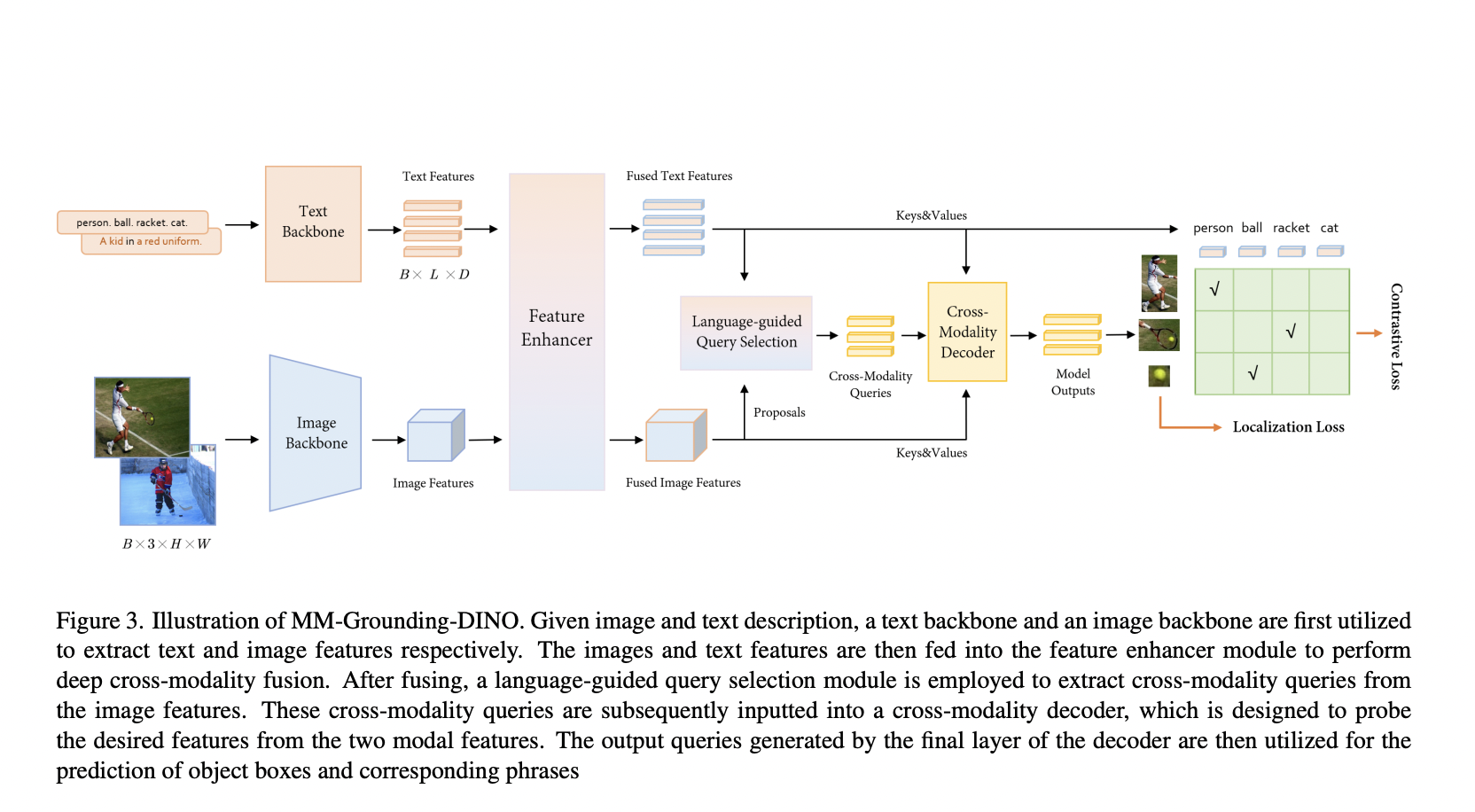One of the main transactions between businesses happens when a purchase order is put in place, an item or service is completed, an invoice is sent by the vendor, and the buyer makes a payment. Even many businesses today still do this manually, sending PDFs back and forth in emails, and waiting for human intervention to complete each step.
Of course, AP automation and improved approval workflows can cut down on the time it takes to get through these steps, but what if humans didn’t create a stopping point anywhere in the process? With EDI payments, the computer systems of two organizations can communicate with one another to send and fulfill purchase orders, transmit invoices, and finally, send funds from one bank account to the other.
EDI Payments aren’t the same as wireless transfers or ACH payments, though they are commonly confused with one another. In this article, we’ll cover the definition of EDI payments, its benefits, EDI payment types and differences between EDI, ACH, and EFT.
What is an EDI Payment?
EDI stands for “Electronic Data Interchange” and EDI payments use a uniform data format to transmit payment information and other data between computers. Computers in different networks can use EDI payments to instantaneously send and receive information from one another.
The capabilities of EDI infrastructure don’t stop at payments, businesses can use them to transmit:
Electronic documentation and communication have come a long way in recent years; EDI technology is the next step on the journey to advance business relationships, streamline supplier payment processes, and, on a larger scale, bring finance and accounting into the digital age.
To reiterate: EDI is not a payment-only technology. It is an automated method for standardizing electronic data and sending it between computers.
What is an example of an EDI Payment in Practice?
When an EDI payment is made, it goes through the same cycle every time. When the payee’s computer system receives an invoice from their vendor, it comes in the form of electronic data and is automatically assessed and decoded by the receiving computer.
Then, in response, the buyer’s electronic system sends a payment that aligns with the amount on the invoice. On both sides, the electronic data can be automatically recorded in the respective company’s ERP systems because of its format.
Supplier payment management becomes a fast, easy experience instead of a time-consuming endeavor that involves multiple people and potential bottlenecks. Because of the structure and process associated with EDI payments, small and large businesses alike can reap the benefits of this cutting-edge approach to information sharing.
Types of EDI Payments
Although the core of “What is an EDI payment?” doesn’t change, there are many ways to implement EDI technology in your business. As EDI payments become more commonplace in business, the technology will continue improving, and the benefits of EDI payments will only expand.
As of now, the main avenues for using EDI technology to enable payments are web EDI payments, direct EDI payments, and mobile EDI.
Web EDI Payments
EDI payments can be processed via standard internet browsers through Web EDI. With online forms, electronic data can be transmitted over Safari, Google, Bing, and other internet platforms. If you’re looking to simplify the settlement of invoices, Web EDI payments are a great place to start.
Direct EDI Payments (Point-to-Point)
Often referred to as point-to-point payments, the direct EDI payment centers on connecting one-on-one with business partners that you work with regularly. By foregoing standard web EDI payments, point-to-point cuts back on possible areas for EDI payments to fail. These are also seen as more secure and private, providing a great option for large vendors and suppliers that are regularly collaborating on high-value deals.
Mobile EDI
Lagging because of slow user adoption, security concerns, and small screen size, mobile EDI transactions will become more common as the technology adapts to the cell phone-centered world we live and work in. In the coming years, more business leaders will complete major deals right from their phones.
Differences Between EDI, ACH, and EFT
As discussed, the EDI payment meaning is not exactly synonymous with ACH and EFT payments. Although these electronic payment options may look the same on the surface, the way they work varies, and EDI itself is not a payment technology, but rather a data transmission technology. Despite being different from one another, it’s very common to see even experienced business professionals confuse Electronic Data Interchange, Automated Clearing House, and Electronic Funds Transfer.
Both EFT and ACH payments fall under electronic payments, but in reality, ACH is a sub-category of EFT payments. An electronic funds transfer is the overarching category at play; it encompasses ACH, wire transfers, and other digital payment channels. But it doesn’t work the other way around – an ETF is not a type of ACH.
When compared to ACH payments, it’s important to remember that EDI is not a payment in itself. Instead, it’s a data format that enables multiple entities to send and receive payment information and related documents without needing human intervention. EDI can be used anywhere in the world, happens instantly, and uses private networks or the internet to transmit information. ACH, on the other hand, relies on the ACH network, may take a few days to transfer funds, and only works within the U.S.
“ETF” is a blanket term for all electronic payments, while EDI refers to the back-end technology used to transfer payment information. Though these three items have a clear delineation, they all play a critical role in the next generation of business.
Paper checks and over-the-phone bill payments? Those will soon be a thing of the past thanks to electronic payment technologies.
The following table lists the differences between these three systems of operation:
Benefits of EDI Payments
In the same way robotic process automation has begun to change finance and accounting forever, EDI payments are charting a new path ahead for payment dynamics amongst buyers and sellers.
Without requiring human intervention, data errors are nearly impossible, information can’t get lost in the process, and payments will be made on time, every time. The benefits that come from an elevated approach using EDI payments are:
Productivity
Vendor invoice management just got a whole lot easier. A process that used to require time and attention from multiple professionals within multiple organizations can now be completed autonomously, freeing up the time of accounts receivable and accounts payable teams that traditionally manage and propel these types of transactions.
Improved Relationship Management
Fewer late payments or process hiccups make the vendor/supplier dynamic more positive than ever. When your organization knows it can get paid and make payments on time without any hassle, everyone will be happier. Chasing down late payments or solving payment errors can lead to frustration, distrust, and a breakdown in business relationships.
Error Reduction
The data transmitted cannot be corrupted in an EDI payment. Meaning, that because the computer automatically copies and sends data, there is no opportunity for manual human error to mix up a number, record an incorrect amount, or send a payment to the wrong receiver.
Functional Focus Shift
The productivity boost associated with EDI payments can help transform the finance and accounting functions. With more time back in their day, experts on these teams will have the bandwidth to be more strategic, collaborate with their colleagues, and highlight new areas of opportunity using automation tools.
EDI Payments are Replacing Manual Payments
So, at the end of the day, EDI is an advanced way to send and receive detailed payment information. It assists businesses on their digital transformation journey and changes the landscape for the future of secure payments.
EDI technology is pushing out manual payment processes; it’s time for them to go! When we take time-consuming, manual processes and replace them with manageable, technological tools, everybody wins.
In the same way EDI payments are replacing a manual process, finance and accounting automation is scaling with the same intentions. The journal entries that you used to spend hours preparing? Those can now be automated. Fixing imbalances in the unadjusted trial balance? A lot of that can be automated. We’re witnessing an automation revolution; instead of fighting against it, let’s work together to figure out how to get the most out of it.



